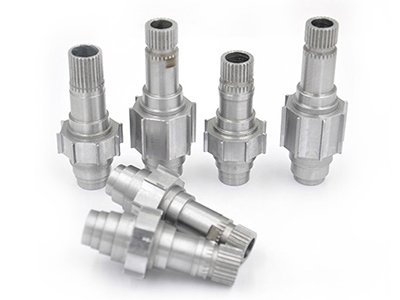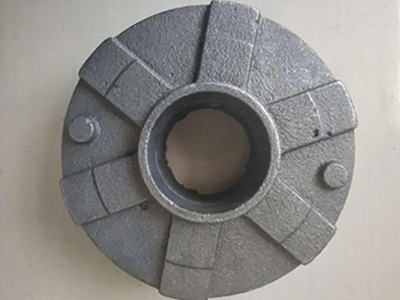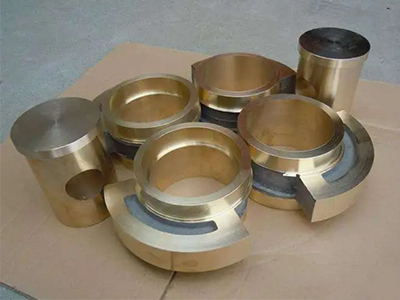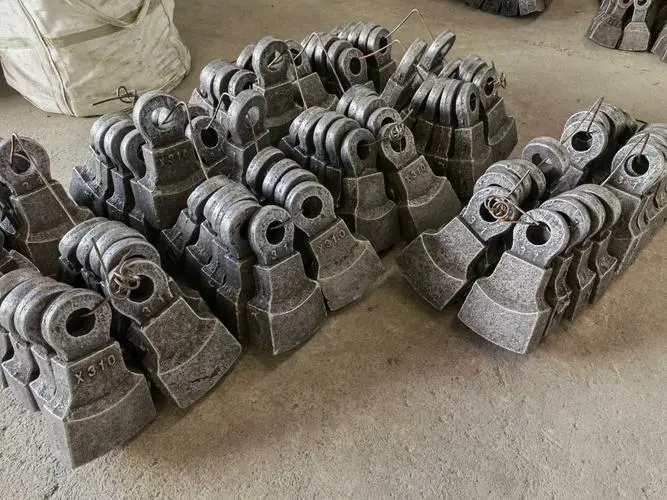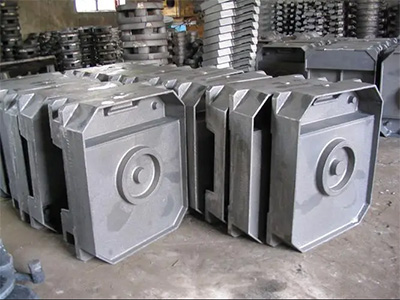- Gray iron casting production supplier
- Ductile cast iron foundry factory
- The difference between Ductile Iron Castings and Gray Iron Castings
- Characteristics and calculation of gating system for Steel Castings
- The role of heat resistance in cast steel parts
- High manganese steel and high chromium cast iron castings
- Key factors of Gear Machining by stainless Steel Precision casting
- Advantages of Wear Resistant Manganese Steel Castings
- What are the principles of stainless steel precision casting method?
- What are the determination methods of stainless steel precision casting?
- Call : +86 13390692151
- sale@kfqizhongji.com
-
Room 1, No. 21, Chaoying East Road, Zhoushi,
Kunshan City, Jiangsu Province, China
What are the general technical requirements for casting components?
The liquid metal is cast into a casting cavity consistent with the appearance of the part. after it is cooled and condensed, the casting is called casting in the way of obtaining the part or rough embryo. Castings obtained by casting are called castings. So do we know what the general technical regulations for castings are?
General technical regulations for castings:
1. The stipulation of material level. The key points are strength, compressive strength, tensile strength and fracture toughness.
2. Specification precision and shape tolerance precision. Different castings have different regulations, different specifications and geometric tolerance specifications and different tolerance grades.
3. According to the application regulations, engineering acceptance regulations are required for other shortcomings of castings. Such as air holes, sand holes, shrinkage, casting defects, welding tumors, sand entrapment, cracks and so on.
Pour the metal into a casting mold that is consistent with the appearance and specifications of the parts, and wait for it to cool and condense to get rough embryos or parts called castings.
Regulations for the formulation of castings:
The main results are as follows: 1. Achieve the requirements of compressive strength and bending stiffness. For the shell parts with very large bearing capacity, achieving the compressive strength is a key problem, but for most shells, the first criterion for identifying the characteristics is the bending stiffness, because the bending stiffness of the shell not only endangers the routine work of the transmission system parts, but also endangers the precision of the components. The model selection of fast, easy and excellent automation technology for castings is included by Baidu.
2. Heat removal characteristics and thermal deformation. The friction and scalding of the parts in the box body changes the viscosity of the grease and endangers its wettability, and the increase of temperature causes thermal deformation of the shell, especially the thermal deformation and internal stress of non-joint distribution of temperature, which does great harm to the precision and compressive strength of the shell.
3. The product structure design is effective. For example, the distribution of support points, the layout of tendons, the design of punching parts and buckle structure should be beneficial to improve the strength and bending stiffness of the shell.
4. The technological performance is good. It includes process performance in various fields such as rough embryo manufacturing, mechanical processing and heat treatment, installation and adjustment, installation and fixing, hoisting and transportation, maintenance and repair, etc.
